| TALES OF HEATH & POND |
VISITOR'S GUEST BOOK | HISTORY OF THE HEATH & POND | GUESTS' PHOTOGRAPHS | SOURCES OF INFORMATION | VIDEOS | SITE MAP |
Wood Pigeons
To see a larger copy of each image click on it; to see the next large image click at the right of the image, to go back click on the left of the image. To close a large image click on the cross in the top right hand corner.
New photographs are usually added to the bottom of the page - click to go to the bottom of this page
2020 |
||
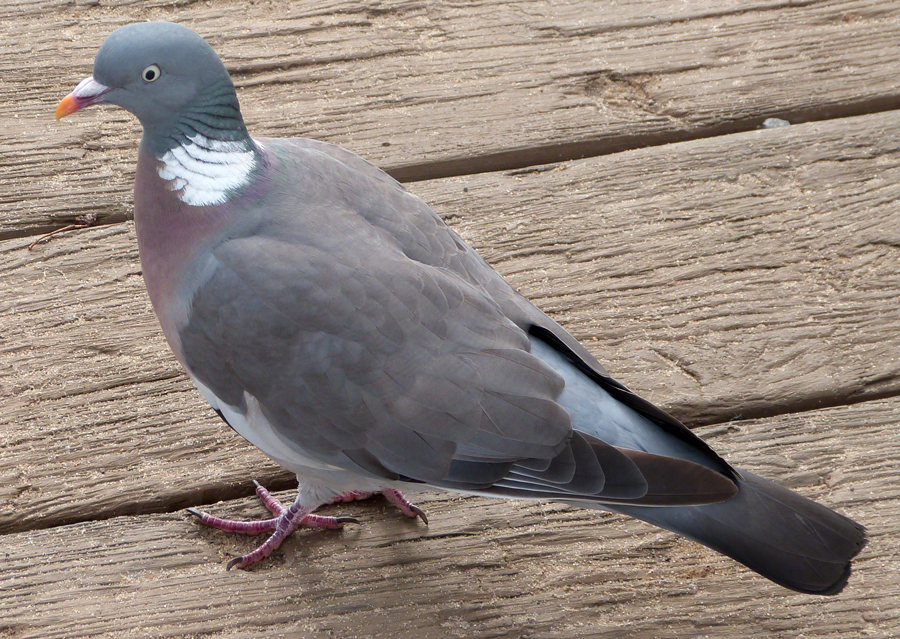 |
||
There is no strict division between pigeons and doves, which share certain features. These features include their small, rounded heads, small, slim bills with a small fleshy patch at the base, rounded bodies with dense, soft feathers, tapered wings and short, scaly legs, and cooing or crooning calls. The wild rock dove has long been domesticated and ‘escaped’ to live wild as the familiar town pigeon. There are many species all over the world. The UK's largest and commonest pigeon, the wood pigeon is largely grey with a white neck patch and white wing patches, clearly visible in flight. Although shy in the countryside it can be tame and approachable in towns and cities. Its cooing call is a familiar sound in woodlands as is the loud clatter of its wings when it flies away. |
The other interesting feature about wood pigeons is their size. They often come across as slightly overweight, and one consequence of their size is the manner in which they walk. It isn’t straight, but a waddle, which gives the impression that they possess over-sized bottoms. This isn’t the case, of course, and it is a fact that the total weight of all the feathers combined is greater in weight than the entire skeleton. Wood pigeons prefer the privacy of wooded areas for nesting and producing young. Never do female Wood pigeons lay more than two eggs per clutch, although should those eggs be destroyed, eaten or stolen, further clutches will be produced within a season, allowing successive generations to continue the family line. The nest itself is built by both mother and father, and is a co-ordinated mass of twigs located in either a tree or high up on a building. The eggs are incredibly smooth, glossy white and have a width and length of 30mm x 41mm. |
|
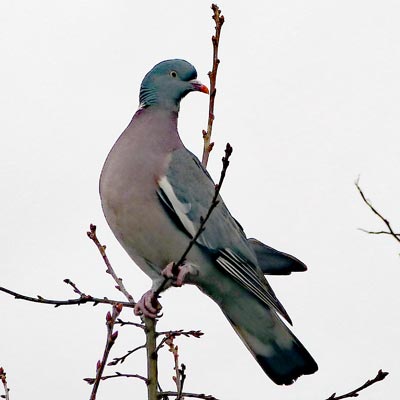 |
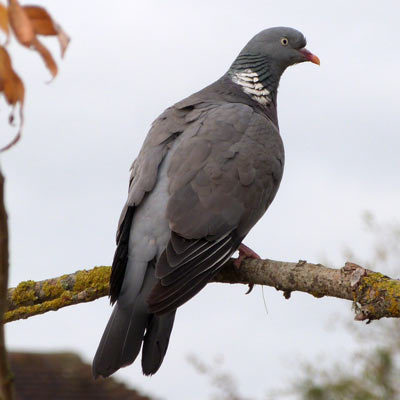 |
|
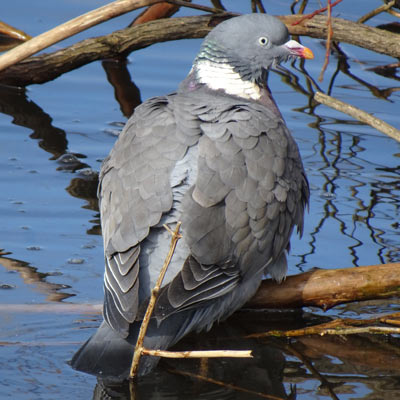 |
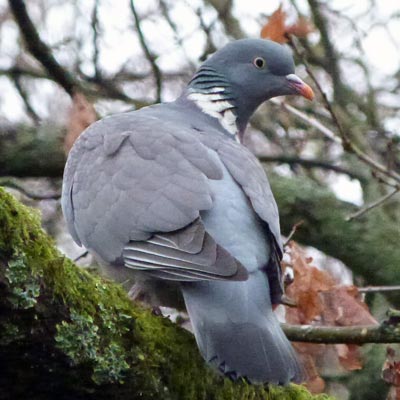 |
|
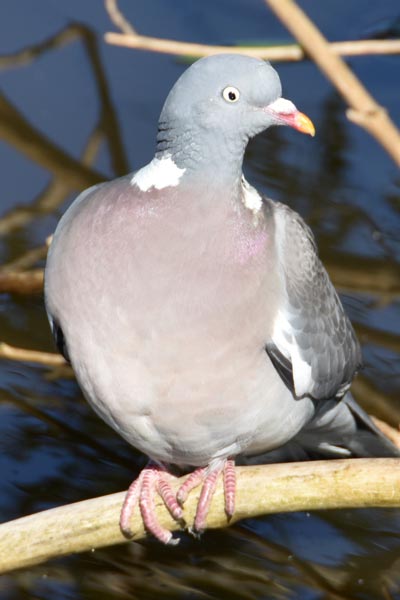 |
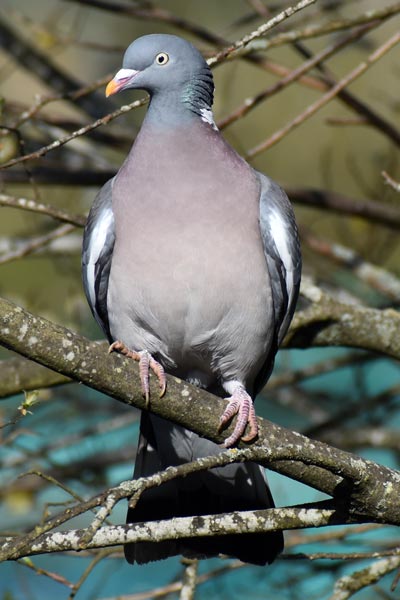 |
|
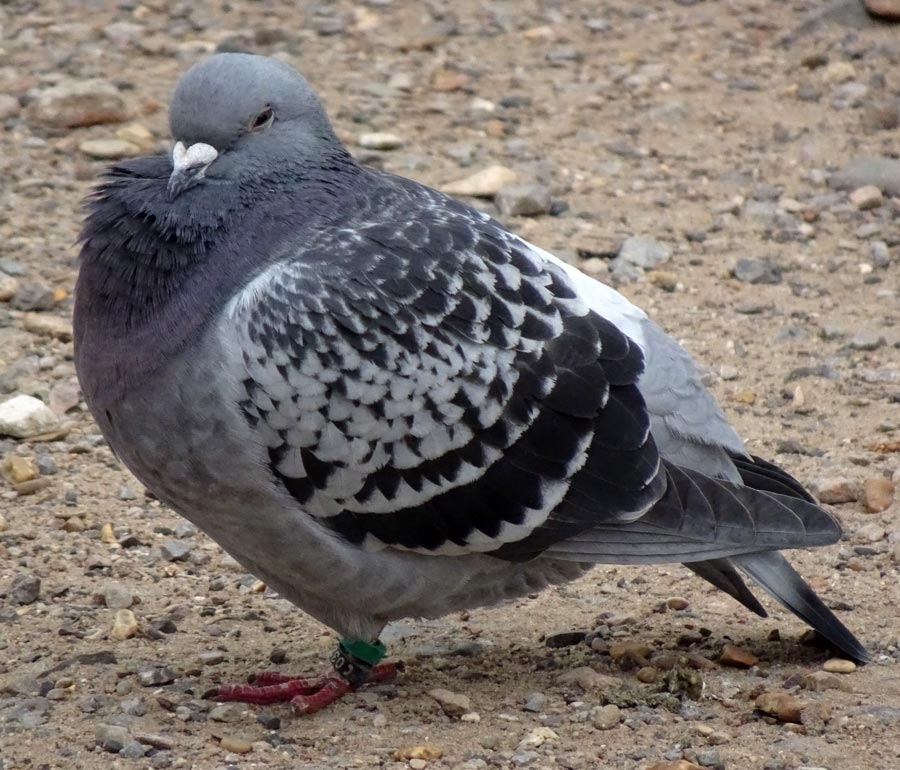 |
||
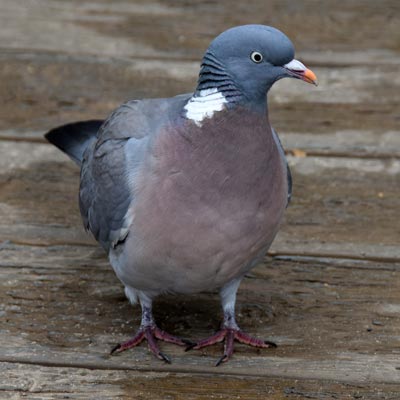 |
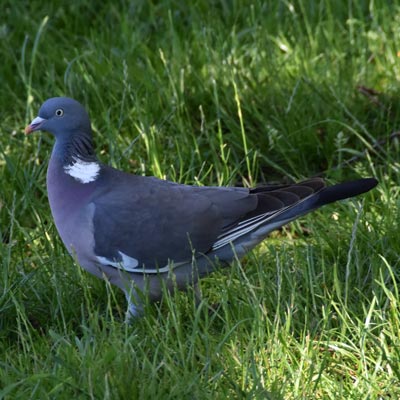 |
|
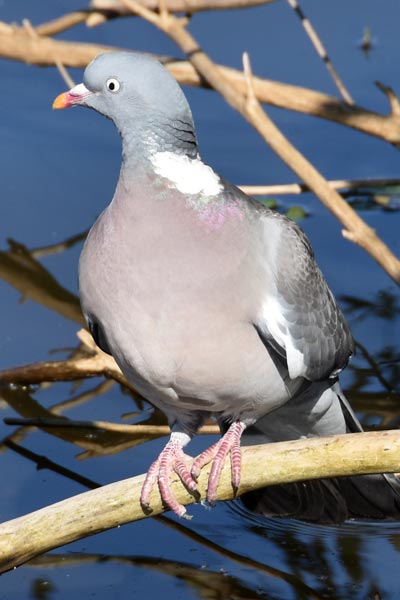 |
||
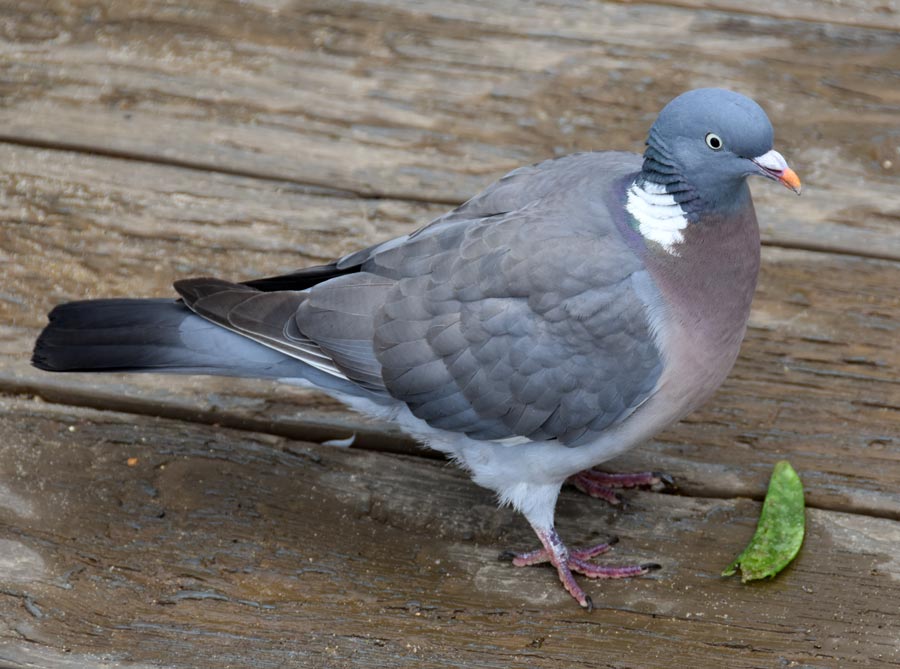 |
||
| Go to the top of this page | ||